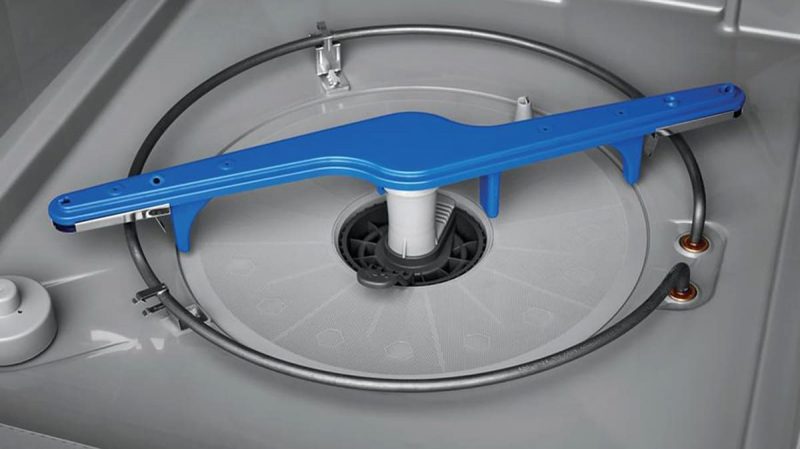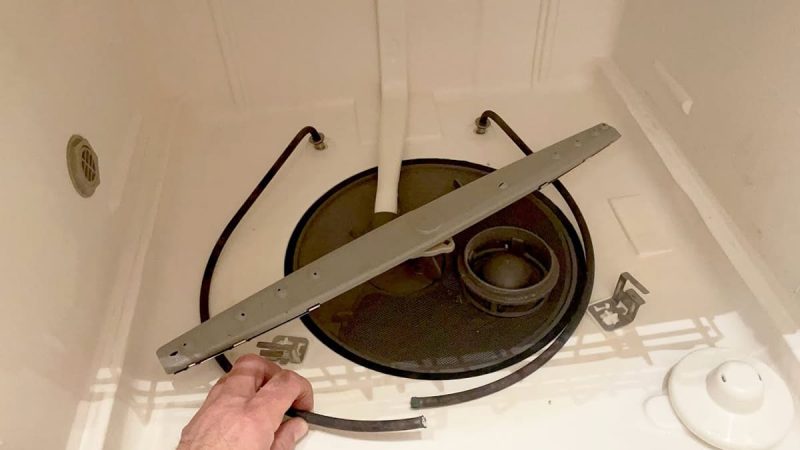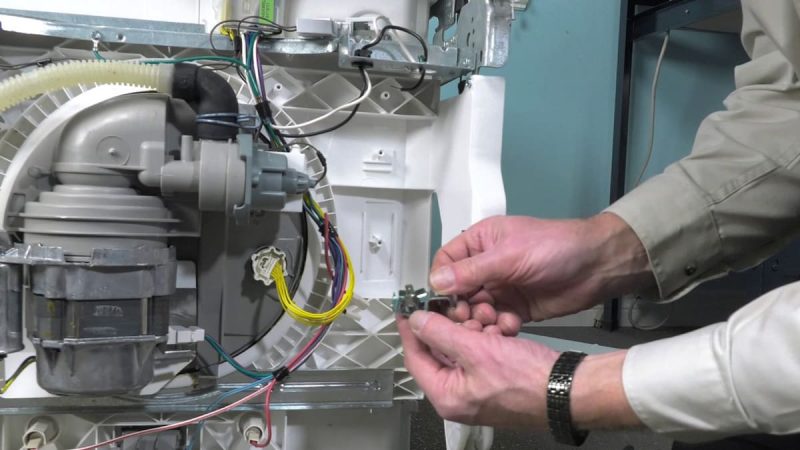Dishwasher owners often complain about dishes that are not dry enough. This does not always indicate some kind of breakdown of equipment. The problem may be an incorrectly selected program, a low dosage of rinse aid, removing the dishes from the machine too quickly, etc.
Below are the most common reasons why the dishwasher does not dry the dishes enough, as well as a brief guide to troubleshooting the main problems that complicate everyday life.
Reasons why the dishwasher does not dry water
The main “weak points” of the dishwasher are the thermostat, the heating element, and the vents. They can cause insufficiently dry dishes. You need to check each of them sequentially.
But before that, a few suggestions:
- Carefully study the instructions for your machine. Follow the manufacturer’s recommendations.
- Select a program that includes drying. If you choose another, there will be no drying in principle.
- Do not remove the dishes immediately, wait 10-15 minutes for them to cool down.
- Experiment with the dosage of rinse aid.
Rinse aid is used to prevent the formation of drip marks on dishes and improves the drying process. It may not be enough or not at all. Check the rinse aid dispenser and fill it with rinse aid. Increase the dosage using the switch.
If you do not have experience repairing dishwashers, contact a specialized center. Addresses of authorized services are on the website of the manufacturer of household appliances in the appropriate section.
Incorrect ventilation
The water inside the dishwasher is high on most programs. This ensures good cleaning of dishes. After the process ends, a lot of water vapor remains inside, which prevents high-quality drying. Manufacturers solved the problem simply – they made ventilation holes that automatically open during operation, releasing excess steam to the outside.
If you experience insufficient drying of dishes, check the position of the ventilation holes. If they are stuck in the closed position, you need to check the operation of the switch with a multimeter. If it is found to be defective, it will need to be replaced. You can use both original parts and analogues from third-party manufacturers.
Heating element not working properly
When it comes to the drying cycle, one of the most important elements to ensure a positive result is the heating element. With its help, the drying process is reduced significantly. It is located at the bottom of the dishwasher and turns on automatically.
The heating element maintains a certain temperature inside the dishwasher. Heat, acting on the surface of the dish, leads to the evaporation of moisture. If this element were not present, the dishes would dry for many hours.
If you notice that the dishes remain damp, check the operation of the heating element, make sure that it turns on and works. If it doesn’t, take a multimeter and test it for continuity. Before doing this, turn off the power to the machine at the switch panel.
Replace the defective heating element if it does not work. If you do not know how this is done, contact the service center so as not to spoil anything in the operation of the equipment. Without proper experience, you may have problems even at the stage of purchasing an item.
Faulty thermostat
In the dishwasher, as in any other household appliances, there is a built-in security system. One of its elements is the upper limit thermostat. It eliminates the overheating of the machine, and if it stops working, this can provoke the occurrence of undesirable consequences.
A faulty thermostat does not work properly, turning off the power to the heating element at the beginning of the drying process, when the heat treatment of the dishes has just begun. Naturally, it will not dry out and remain wet. And it takes a very long time to wait for the natural evaporation of water from its surface, it is easier to get the utensils and wipe them with a dry cloth or paper towel.
If you’ve checked the vent and heating element and found no problems, the only thing left to do is verify that the high limit thermostat is working. To do this, use a multimeter and check the circuit for continuity. If the fears are confirmed, buy a new thermostat and replace the old one with it, then start the drying process and make sure the system is working properly.
Broken rinse aid dispenser cap
Since rinse aid plays a role in the drying process, you need to make sure that the dispenser cap is in good condition. When it is in good condition and does not open, the rinse aid is dispersed with water, evenly covering the dishes, as a result of which drops from it drain faster, plus there are no marks, streaks or stains on the surface.
Inspect the area around the rinse aid spout to make sure the lid is in good condition. If it is not, replace or repair it. Decide on the spot which is best.
Careful study of the instructions before using household appliances can greatly reduce the occurrence of incomprehensible malfunctions in the operation of the dishwasher. During the operation of the machine, periodically refer to the instructions and follow the manufacturer’s recommendations. If an error occurs, look at the section “Faults and how to fix them” and put into practice the tips given there.
If none of the above in the article helped, take the machine for diagnostics to find out the exact cause of the problem. But in most cases, the above tips help and the owners of household appliances manage to solve the problem. If you had a similar problem, write in the comments how you dealt with it.




